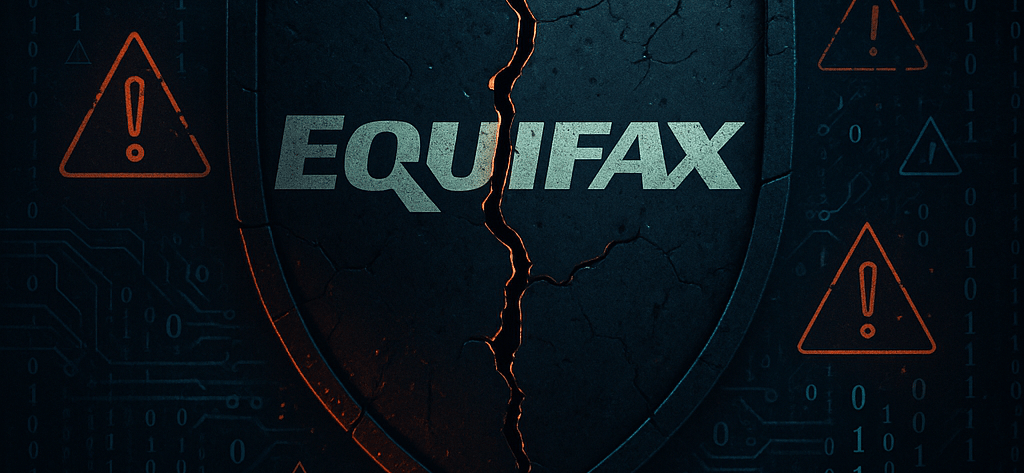The Equifax Breach — How a Single Unpatched Vulnerability Exposed 147 Million People
BLOGS


In 2017, one of the most devastating data breaches in history shook the world — the Equifax breach. Equifax, one of the three major credit reporting agencies in the U.S., exposed sensitive personal information of approximately 147 million people. This breach became a stark reminder of how critical patch management and vulnerability monitoring are in cybersecurity.
How It Happened: The Apache Struts Vulnerability
The root cause of the Equifax breach was an unpatched vulnerability in Apache Struts, a popular open-source web application framework. The specific flaw (CVE-2017-5638) allowed attackers to perform remote code execution by sending specially crafted HTTP requests.
Although the vulnerability was publicly disclosed and patches were released in March 2017, Equifax failed to apply these updates promptly. This oversight left their systems exposed.
The Attack Timeline
Hackers exploited the vulnerability starting in mid-May 2017, gaining unauthorized access to Equifax’s systems. Over the next two months, attackers moved through the network, accessing various databases containing personal data.
The stolen information included names, Social Security numbers, birth dates, addresses, driver’s license numbers, and in some cases, credit card numbers.
The breach wasn’t detected until late July 2017, giving attackers nearly three months to harvest and exfiltrate data.
The Impact
With 147 million people affected, the breach compromised almost half of the U.S. population. The stolen data was particularly sensitive, enabling identity theft, fraud, and other malicious activities on a massive scale.
Equifax faced intense public backlash, government investigations, and lawsuits. The company agreed to a settlement exceeding $700 million to compensate victims and improve cybersecurity measures.
Key Lessons from the Equifax Breach
Patch management is critical: Organizations must prioritize applying security patches quickly, especially for publicly disclosed critical vulnerabilities.
Vulnerability disclosure timelines matter: Attackers often exploit vulnerabilities shortly after disclosure, so time is of the essence.
Data segmentation and encryption: Even if attackers gain access, encrypting sensitive data limits damage.
Continuous monitoring: The breach lasted months undetected; proactive threat detection tools are essential.
Incident response planning: Equifax’s slow response worsened public perception; quick, transparent communication is vital.
Technical Analysis
The exploited Apache Struts vulnerability allowed attackers to send a malicious header with crafted OGNL (Object-Graph Navigation Language) expressions, enabling remote command execution on the web server. This kind of vulnerability is highly dangerous because it lets attackers run arbitrary code with the privileges of the server process.
Organizations running web services with Apache Struts or similar frameworks must ensure rapid patch deployment and continuous security testing.
